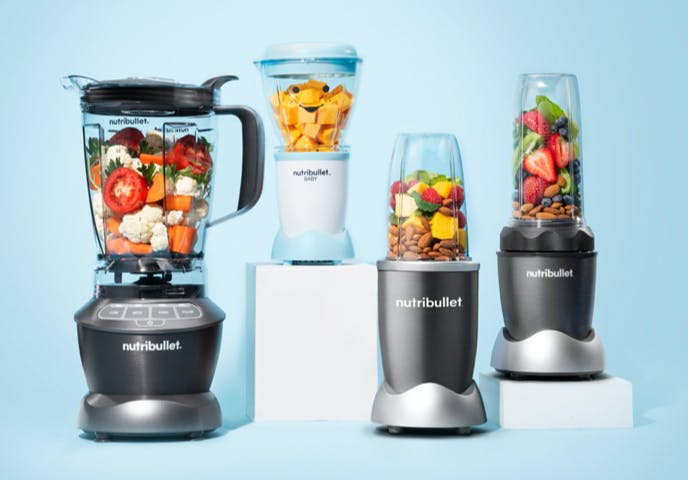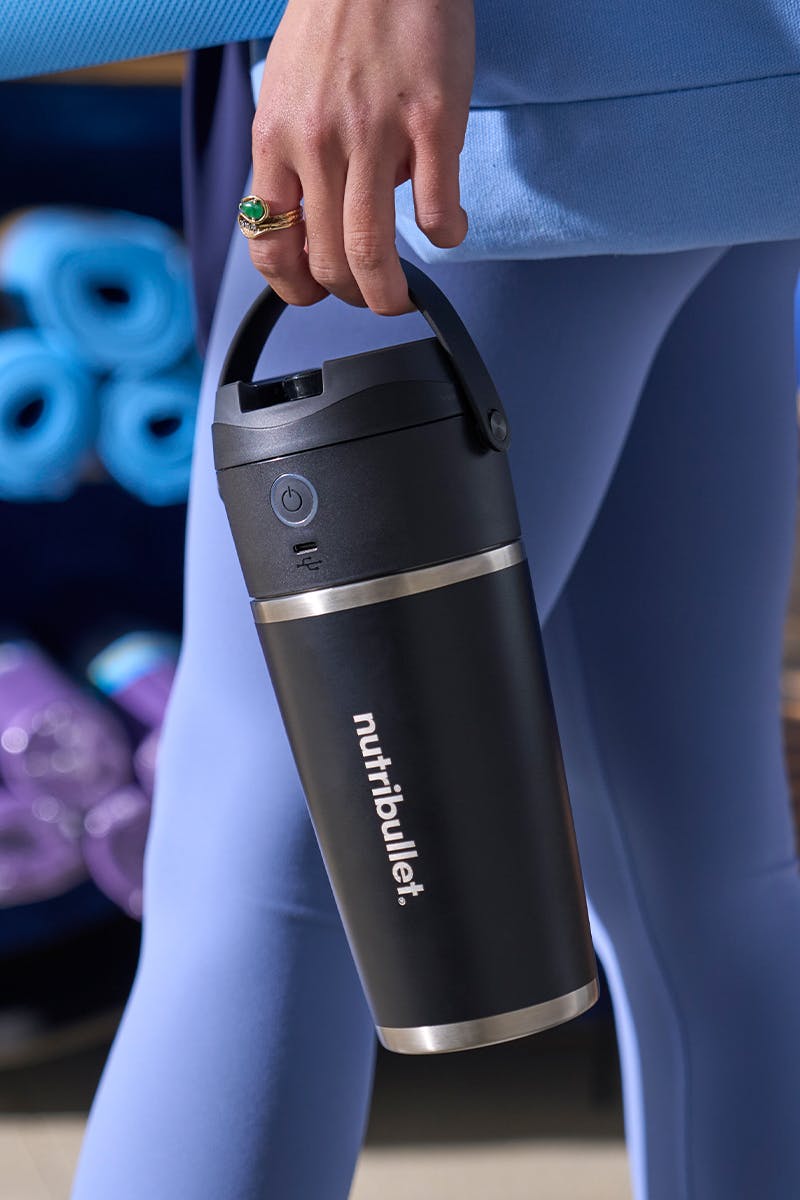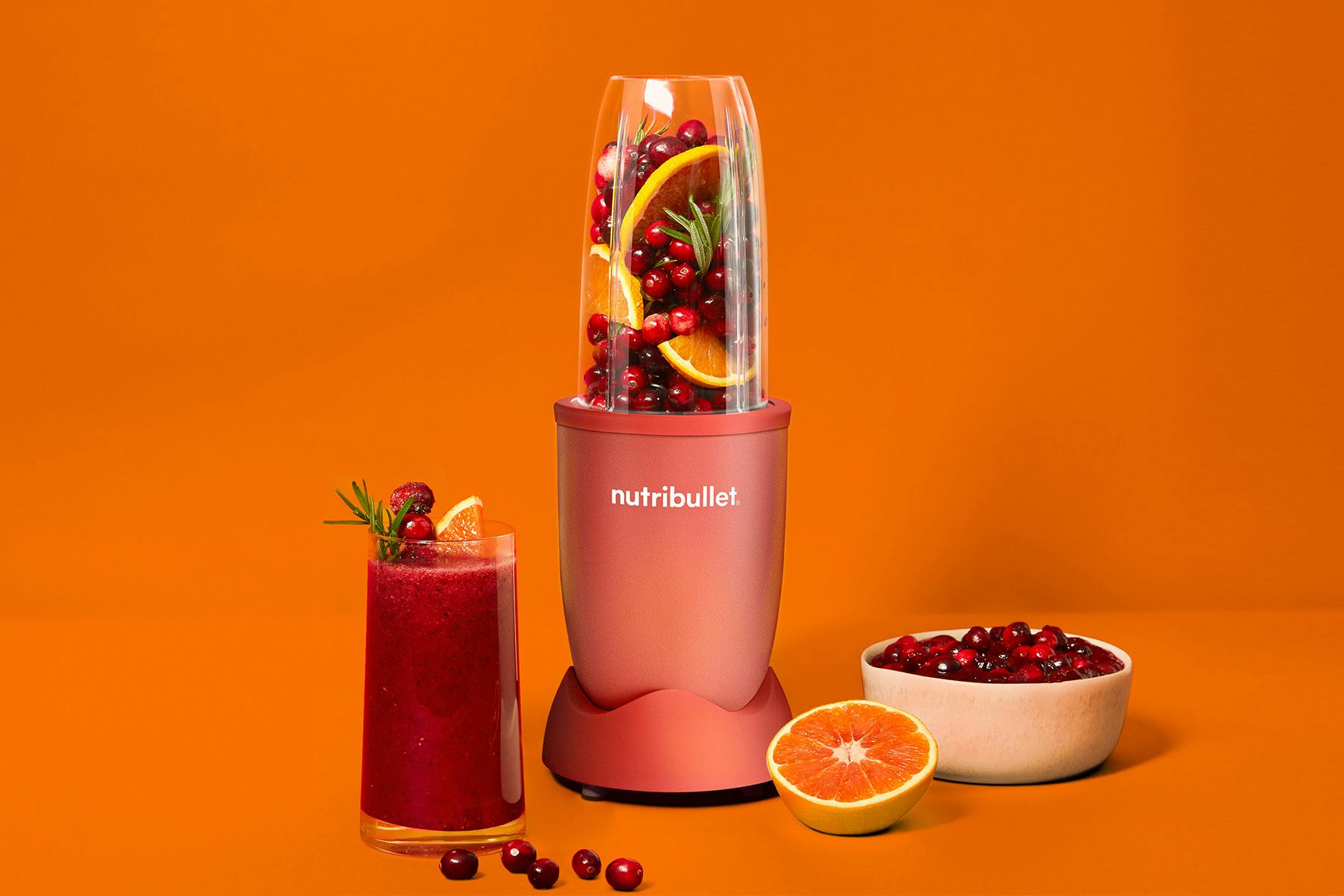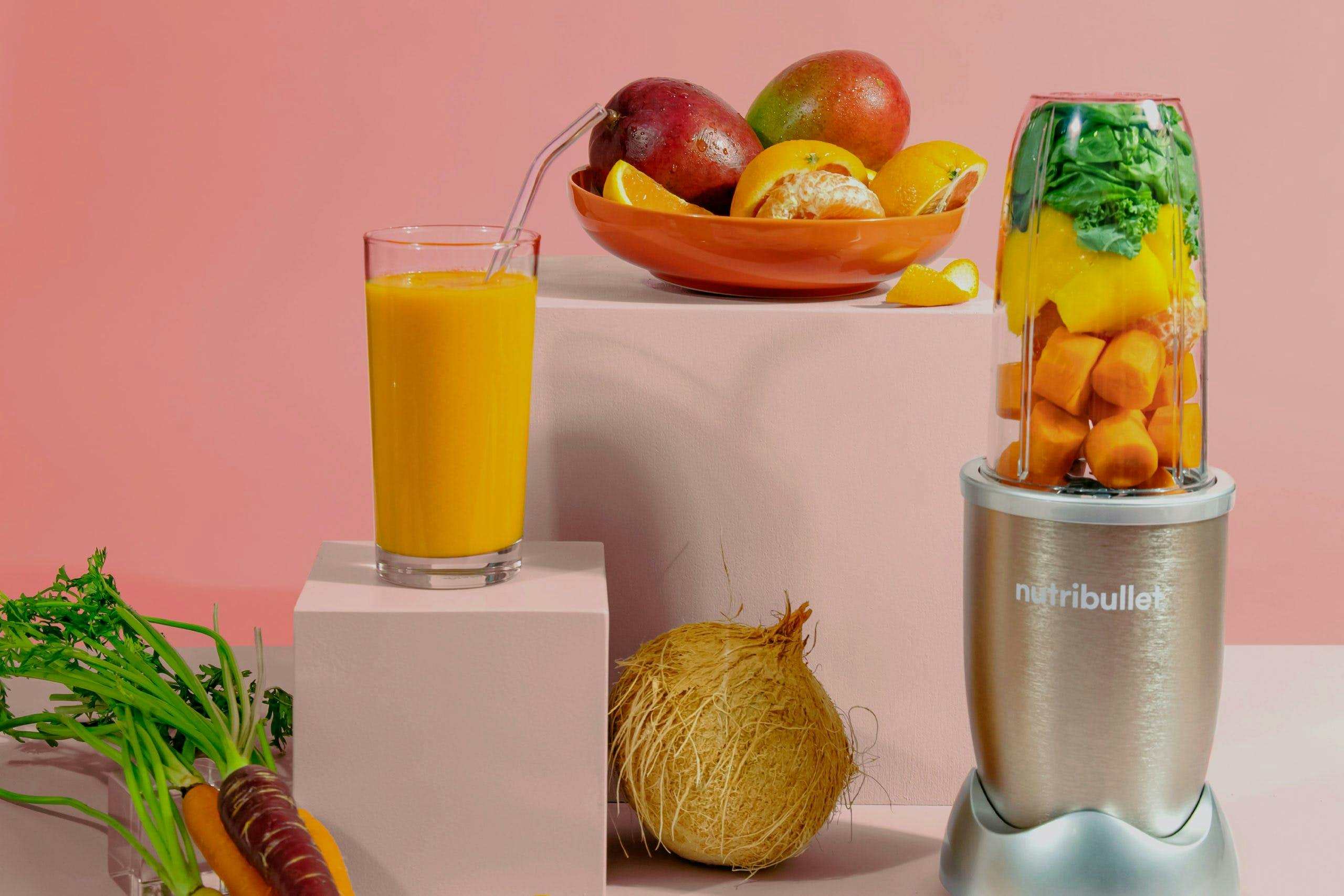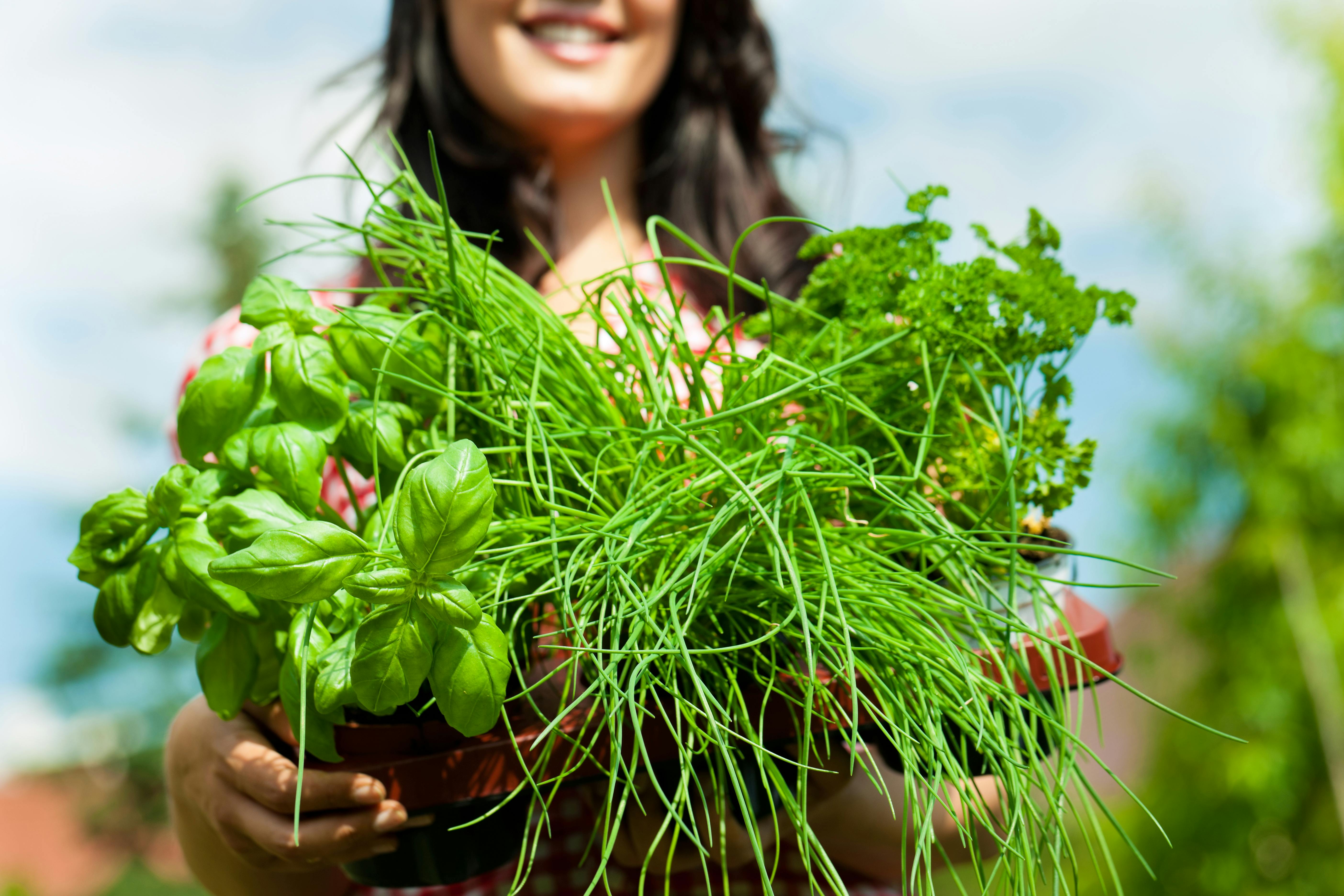Did you know that hundreds of tropical fruits exist? These are the ones that usually catch your eye at the grocery store with their spikes or vibrant colors. They come in a variety of textures, flavors, colors, and shapes. In North America, we’re exposed to just a few due to our climate. However, you might find some more tropical fruits in the freezer section of the grocery store and even more varieties in South Asian and Latin markets. Tropical fruits grow in humid environments with fruits native to Southeast Asia and South America. Today, we’ll explore the flavor profiles of five of them and share some delicious recipes you must try!
Five Tropical Fruits You Have to Try!
Pitaya
Pitaya, commonly known as dragon fruit, is part of the cacti family with fruits harvested from the end of each cacti vine. Each plant bears fruits for 20 to 30 years and comes in three main varieties: a yellow, red, or pink leather-like outer shell with white or pink flesh and edible black seeds. The fruit is sweet and crunchy, often described as a cross between a kiwi and pear packed with vitamin C. Try this fruit as the base for your next smoothie bowl with this recipe!
Pitaya Pineapple Smoothie Bowl
Passionfruit
Passionfruit has an aromatic flavor that is unforgettable. It can be eaten alone or paired with other foods that complement its tart and sweet taste and perfume-like aroma. The fruit comes in two main varieties: purple or yellow with large edible seeds surrounded by its yellow pulp. It’s an excellent source of vitamins A and C as well as fiber. You can find the whole fruit fresh or frozen pulp in the freezer section. Try it in your next smoothie or cocktail or use as a topping for an extra pop of flavor.
Tropical Passion Fruit Cocktail or make it a mocktail with coconut water instead!
Papaya
Papaya is believed to be native to Southern Mexico and Central America, but now, it can be found in every tropical country. This fruit is eaten both ripe and unripe. However, unlike passionfruit and pitaya, its seeds are removed before eating the fruit. The green, unripe papaya is used in savory dishes, like salads and slaws, while the ripe, orange-red flesh is great for dessert. Papaya is a perfect addition for a boost of vitamins A and C in your next smoothie!
Papaya Coconut Smoothie
Rambutan
Rambutan is native to many tropical South Asian countries and is eaten as commonly as apples or oranges in North America. Rambut is from the Malay word that means hair, and this plum-sized red fruit is full of soft red bristles on its outer shell. The flesh is comparable to lychee with more fiber and a single, inedible seed in the middle. Related to the lychee, the taste is not as sweet or aromatic but still stands on its own. Many describe the flavor to be a cross between a grape with a hint of strawberry. Try it alone or in this Rambutan Refresher that’s perfect for the summer!
Rambutan Refresher
Mangosteen
Mangosteen is nothing like mango. This tropical fruit is native to Southeast Asia known for its sweet, tart and juicy center. The fruit is the size of a small orange and has a thick, purple-red hard outer shell that can be easily cracked open with your hands. Inside are about 6 to 8 snowy white, juicy wedges of mangosteen that can be peeled apart like the wedges of an orange. Mangosteen has powerful antioxidants that are not only found in the fruit but also the rind, peel, and leaves. It’s most commonly eaten right out of the shell and can be made into purees or jams and added into smoothies!










